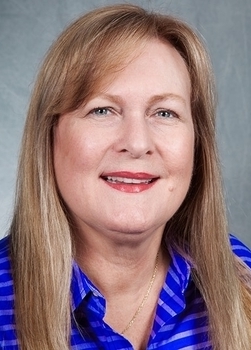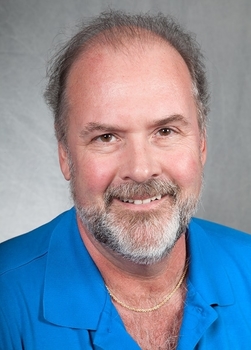Social psychology is the scientific study of how people behave in groups. There are many areas of research within social psychology, however, they share a common focus on how individual and group interactions are shaped by one’s external environment, specifically, other people. Numerous research findings have demonstrated the impact of the group on individual performance, with some studies revealing a positive effect and others, a negative effect. Positive effects of a group on individuals include satisfying our need for belonging, obtaining information, and defining social identity. Negative effects of groups on their members include groupthink, social loafing, and mob behavior. Juries are, of course, a specific type of task oriented group. The primary purpose of juries is to reach a group decision, called a verdict, thereby determining the outcome of a trial. Whether the jury is comprised of 6 or 12 people, or some other number, the common goal among all juries, both on criminal and civil cases, is to work together as a group to make a decision. Social psychologists and legal scholars have studied jury decision making for many decades and in general, have concluded that juries make better decisions than individual jurors make when acting alone, without the need to reach unanimity or majority agreement. Magnus has conducted mock jury research studies involving thousands of mock jurors in its 3 decades of existence. Believe me when I tell you that, unless you have had the opportunity to observe a group of strangers being required to work together toward a common goal, you have no idea what lengths they will go to in order to accomplish this goal. Reaching a group decision, that is, a verdict, causes lots of conflicts when not everyone has the same opinion about what the outcome should be. Bargaining and negotiation are almost always part of jury deliberations. It is rare for any group of people, including juries, to agree 100% about everything at the outset of a discussion. Whether the minority opinion holders can change the majority’s opinions depends on many factors; the power of the opinion leader (who may or may not be the jury foreperson) varies across groups; and reliance on visual aids, such as demonstrative evidence, fluctuates widely from jury to jury. In the end, however, I can state with confidence that most of the people who participate in Magnus’ mock jury research have good intentions and they try, hard, to do the right thing. Although it is often difficult for them to reach unanimity, the jurors usually work together in a positive manner as they strive for justice. The jury, in my expert opinion, is truly greater than the sum of its individual juror parts. Case closed.
Groups are found in many environments. Work teams, church or other volunteer groups, are the norm in our world. But, nowhere other than juries are group efforts and group decisions more important in our society. Juries, especially those which require unanimous verdicts, work hard to achieve their goal. The study of juries as groups by academics and by practitioners like Melissa probably make jury groups the most researched of all types of groups (closely followed by the study of work groups by organizational behavior and industrial psychologists). In the world in which we observe juries it is fascinating watching the members of the group begin to work together. Remember, these people are strangers to each other, in contrast to groups in work or volunteer settings. So, getting acquainted is step 1. When we conduct mock juries, we simulate reality by allowing the group to elect a foreperson, or someone to voluntarily take that role. Juries are given general and specific instructions by the judge, along with a verdict form with the questions they must answer to reach their decision. It seems to me that getting though question 1 is a challenge in that, as all jurors begin to grasp what is being asked of them, they have to organize their thoughts and opinions to share with the other jurors. This process is more awkward sometimes than others as they all try to find out how to work together. The process usually smooths itself out, but the questions often become more difficult, more contentious. Information pooling play a big role as some jurors will have better recall, or notes, of various parts of the case. Watching jurors share information is enlightening, and, to our clients, instructive in that this is one way our lawyer clients learn how to ensure that proper emphasis can be placed on various aspects of a case, reinforcing the details that the lawyers want them to “get right.” Many times I’ve been asked if mock jurors take their role seriously. The answer is absolutely YES. They don’t hold back, they “fight” for their position (some a little too aggressively over the years – but that’s the subject of another post). Learning about group behavior is critical for success as a trial attorney, both in general terms, and in case specific terms. Attorneys often think of selecting jurors as selecting individuals, but as Melissa points out in many of her educational programs, a major aspect of the jury selection process is considering whether, or not, the people on the venire, can or will work together.



Comments are closed.